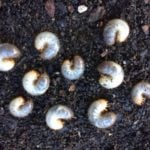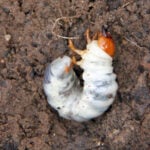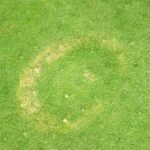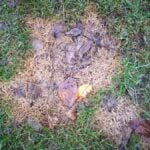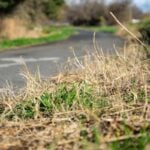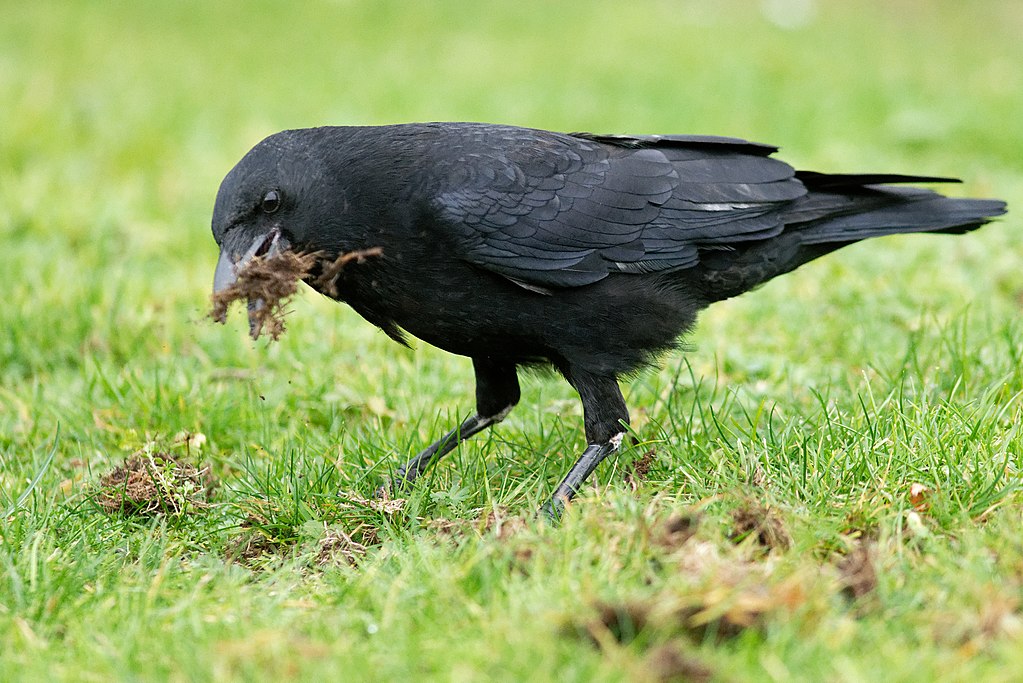
Among the signs that your lawn has grubs are discolored turf, thinning or dead grass patches, and even birds, raccoons, and other critters foraging in your yard.
Grubs are one of the most dreaded causes of damage to your lawn and if there’s an infestation you need to know quickly. Though small, they are voracious eaters, and your lawn provides them with a feast of their favorite food – roots.
Let’s look at the six signs your lawn has grubs.
Spring or Autumn Lawn Damage
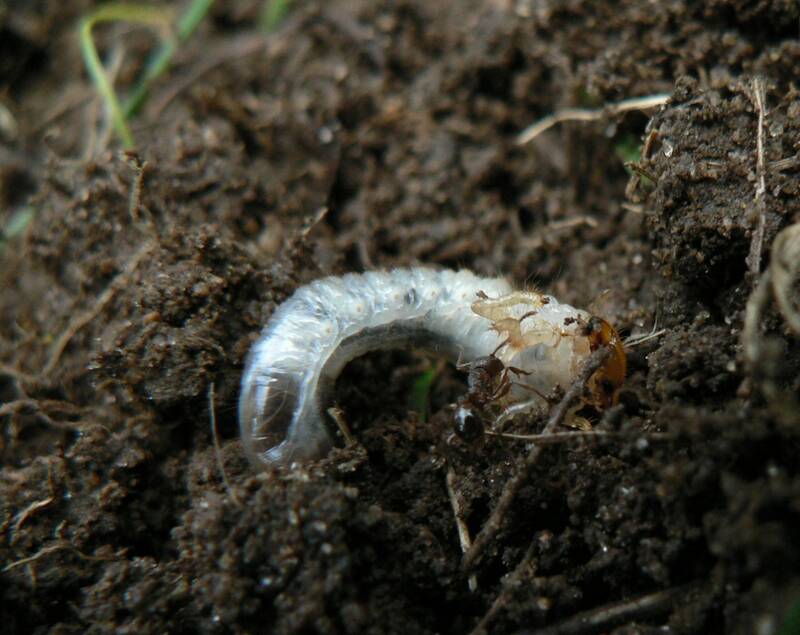
The timing of severe turf damage from white grubs depends on the exact species. Damage from annual white grubs usually becomes visible after mid-August but may not be significant until September or October. The damage is often severe but localized, creating a patchy lawn.
Multi-year white grubs have a longer life cycle. While their activity isn’t noticeable when they initially hatch, you will begin to see damage the following year, typically from March to early May.
Could another lawn pest be infiltrating your yard? Learn more with our guide 11 Summer Lawn Pests and How to Get Rid of Them.
Turf Discoloration
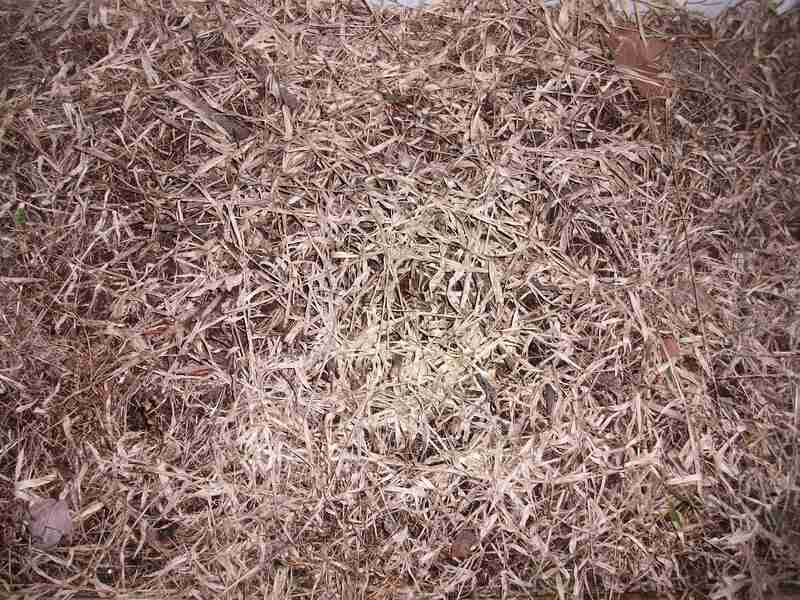
One of the first and most common signs of white grubs is discolored turf. This appears very similar to the effects of drought stress. The grass may turn gray-green, yellow, or brown. As grubs continue to consume your grass roots, your lawn will also start to wilt.
Thin, Easy-to-Lift Turf
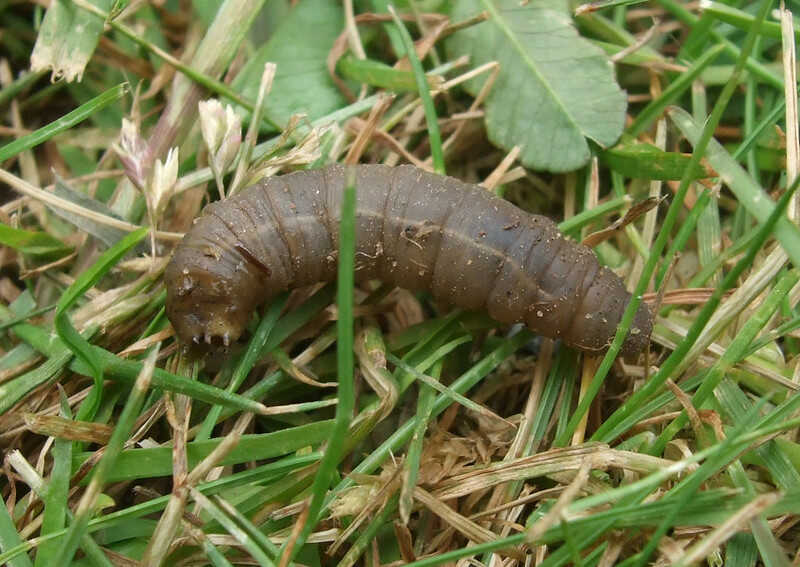
Instead of dead or discolored grass, you may notice that your lawn starts to become thin as grubs gnaw at the roots. The grass may easily detach from the soil, indicating that the damage is caused by grubs, not drought. You might even be able to lift and roll it back like a loose carpet.
Dead Grass
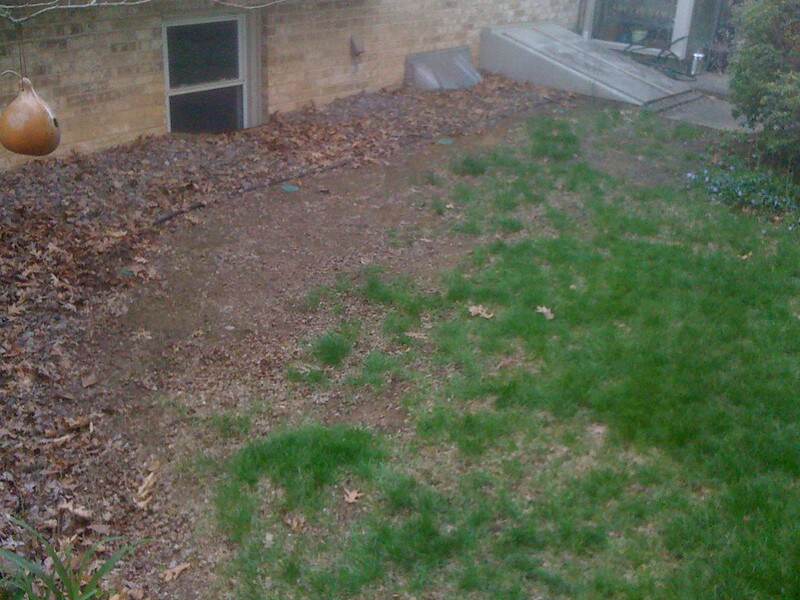
Your grass will eventually die. Usually, other signs appear before the turf dies, and the damage is not generally uniform across the lawn. You can expect this level of damage to show up as irregular patches of dead grass.
If your grass is dying no matter what you do, but there don’t seem to be any grubs, what do you do? You check out our guide Why Is My Grass Dying Even Though I Water It?
Wildlife Activity
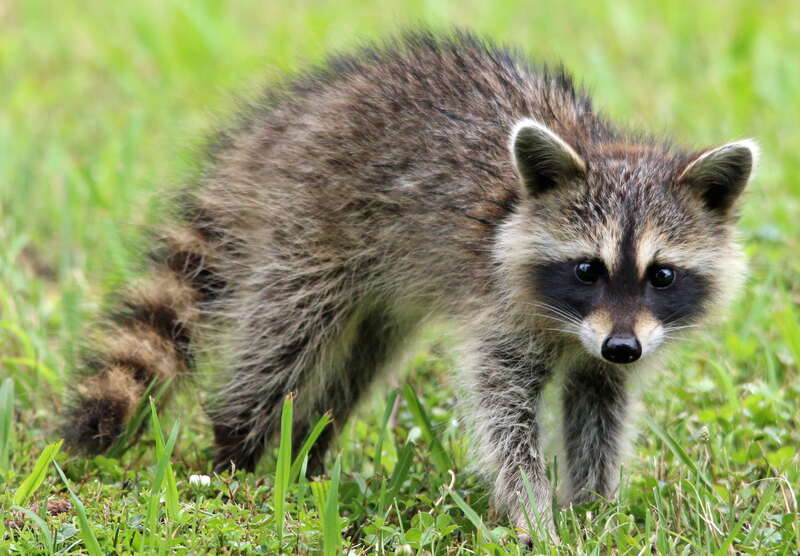
The presence of grubs in your lawn may go unnoticed until they start attracting other pests. Wildlife, such as crows, moles, raccoons, and skunks, are known to forage for grubs. These animals dig up your lawn in search of grubs and cause secondary damage.
Large Number of Grubs in the Soil
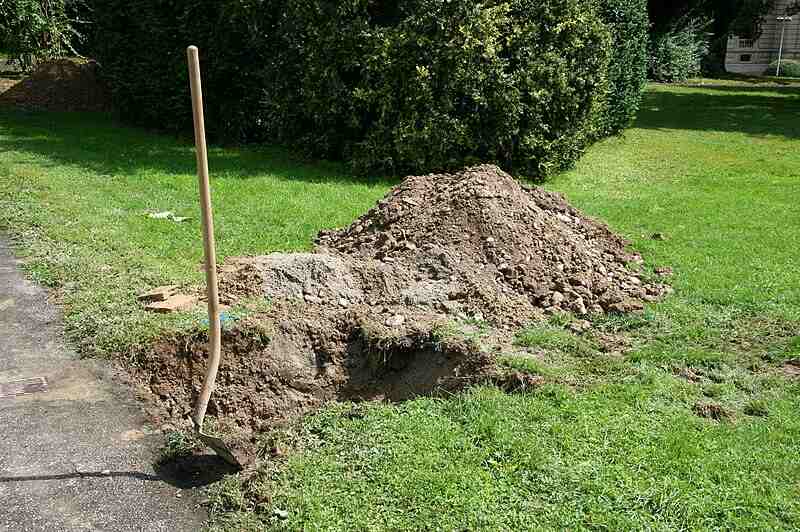
Many lawn issues can resemble grub damage, including drought stress, compaction, and other pests like chinch bugs. To confirm the presence of grubs, inspect your soil. For this task, all you’ll need is a shovel and some gloves.
- Use a shovel to cut a one-square-foot section of your lawn where you suspect there may be grubs.
- Lift the grass from the soil. If there is a lot of grub damage, the grass should lift easily.
- Search through the soil, and count any grubs you find. If you see 10 or more grubs in a square foot, it’s a severe infestation. A few grubs are normal and not concerning.
- To prevent damage to the lawn, quickly replace the grass you removed when you’re finished.
Have an infestation? Get rid of grubs with our guide Lawn Grubs: How and When to Kill Them.
FAQ About Grubs
How do grubs damage lawns?
Grubs damage lawns by feeding on the roots of your grass, causing your lawn to wilt and die. The damage to the roots causes the turf to become loose and easy to peel away from the soil. Grubs can also attract wildlife that digs up your lawn for the grubs, causing additional damage.
Will grubs go away on their own?
Unfortunately no. While you may not notice grub damage year-round, a grub infestation won’t just disappear. Multi-year grubs hatch in the fall before burrowing deep in the soil to overwinter then emerge again in spring to cause havoc. Remember that a few grubs in your lawn are normal and will not cause your lawn to show signs of damage.
How do you prevent grub damage?
Maintaining your lawn regularly is the best prevention for grubs. Keep your grass a bit longer, avoid overwatering, dethatch, and aerate to reduce the impact of grub damage.
Trust the Pros
When you find grubs in your lawn, you’ll need to eliminate them, and it can take some time for your lawn to recover from grub damage. Keep your lawn healthy and looking great with regular lawn maintenance. Contact a local lawn care professional who can take care of some of the yard maintenance, giving you more time to enjoy your lawn and less time mowing it.
Main Photo Credit: Marie-Lan Nguyen / Wikimedia Commons / CC BY 4.0
